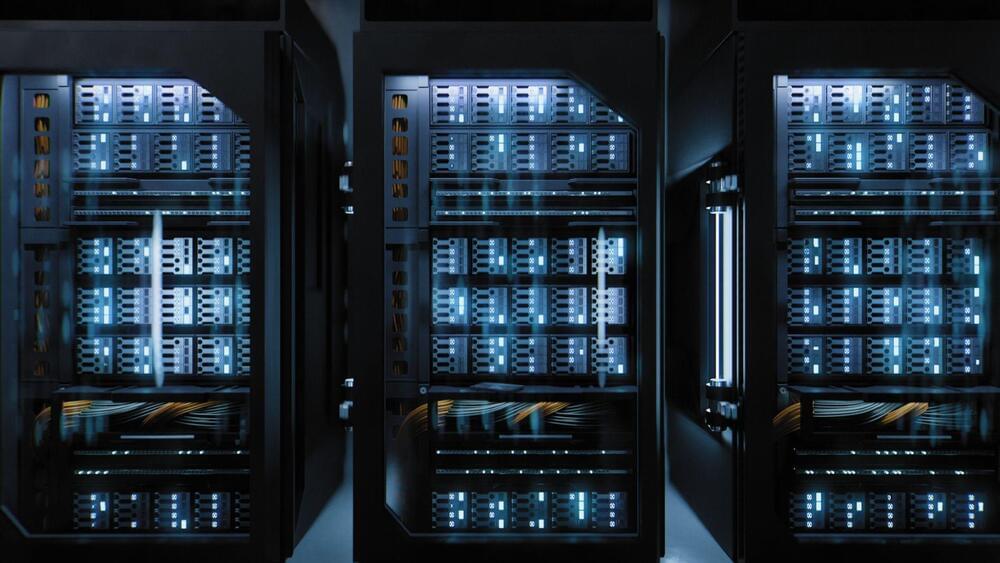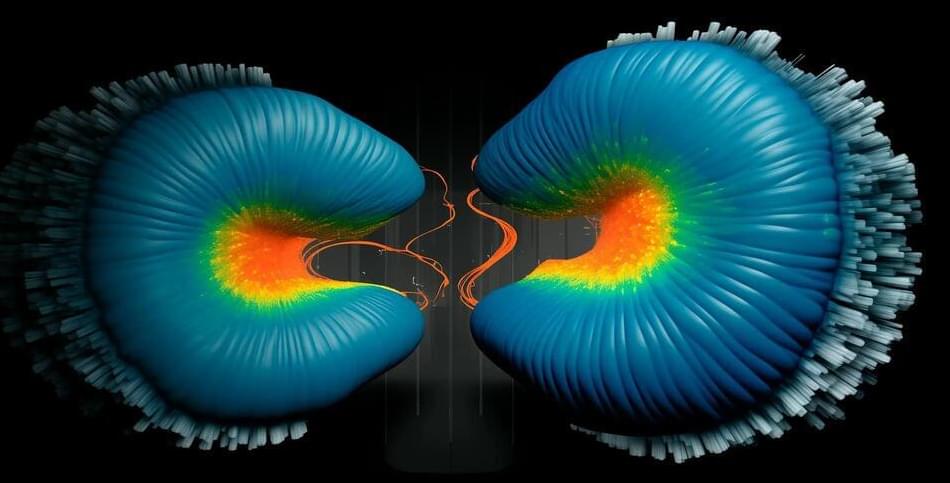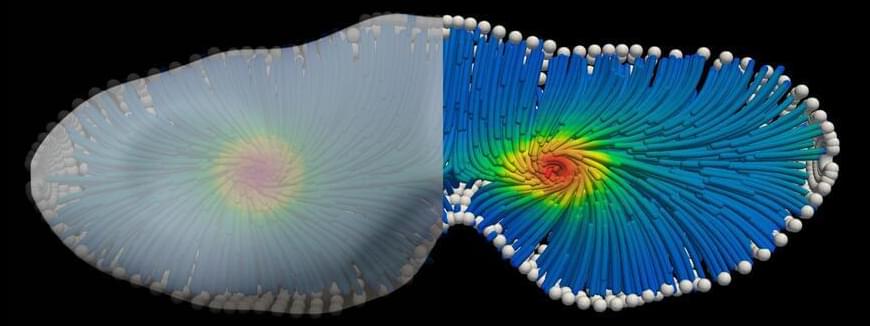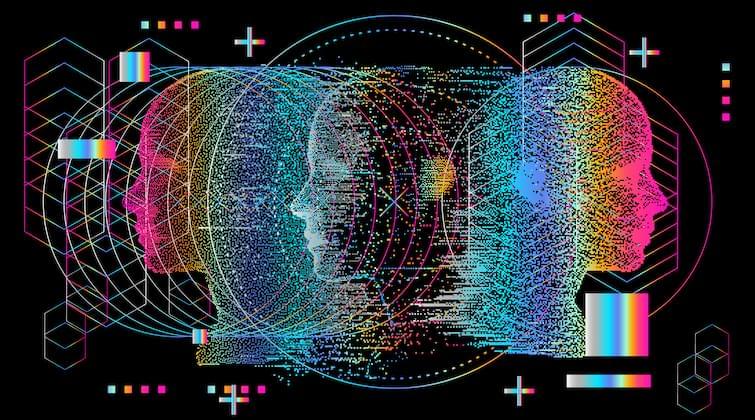The Sunway SW26010 Pro CPU is a homegrown chip that aims to boost China’s supercomputing capabilities and reduce its reliance on foreign technology. However, experts say the processor still faces cache and memory performance challenges.


Buckle up, because we’re entering the era of thinking machines that make humans look like chattering chimps! But don’t worry about polishing your resume to impress our future robot overlords just yet. The experts are wildly divided on when superintelligent AI will actually arrive. It’s like we’re staring at an AI time machine without knowing if it will teleport us to 2 years from now or 2 decades into the future!
In one corner, we have Mustafa Suleyman from Inflection AI. He says take a chill pill, we’ve got at least 10–20 more years before the AI apocalypse. But hang on…his company just whipped up the world’s 2nd biggest AI supercomputer! It’s cruising with 3X the horsepower of GPT-4, the chatbot with reading skills rivaling a university professor. So something tells me Suleyman’s timeline is slower than your grandma driving without her glasses.
Meanwhile, OpenAI is broadcasting a very different arrival time. They believe superintelligence could show up within just 4 years! To get ready, they’ve launched an AI safety SWAT team, led by brainiacs like Ilya Sutskever. They’re funneling millions into this initiative with a strict 2027 deadline. Why so urgent? Well, they say superintelligence could either catapult humanity into a sci-fi future utopia, or permanently reduce us to drooling toddlers. Not great options there.

Carlos Bravo-Prieto1,2,3, Ryan LaRose4, M. Cerezo1,5, Yigit Subasi6, Lukasz Cincio1, and Patrick J. Coles1
1Theoretical Division, Los Alamos National Laboratory, Los Alamos, NM 87,545, USA. 2 Barcelona Supercomputing Center, Barcelona, Spain. 3 Institut de Ciències del Cosmos, Universitat de Barcelona, Barcelona, Spain. 4 Department of Computational Mathematics, Science, and Engineering & Department of Physics and Astronomy, Michigan State University, East Lansing, MI 48,823, USA. 5 Center for Nonlinear Studies, Los Alamos National Laboratory, Los Alamos, NM, USA 6 Computer, Computational and Statistical Sciences Division, Los Alamos National Laboratory, Los Alamos, NM 87,545, USA
Get full text pdfRead on arXiv Vanity.


Open-source supercomputer algorithm predicts patterning and dynamics of living materials and enables studying their behavior in space and time.
Biological materials are made of individual components, including tiny motors that convert fuel into motion. This creates patterns of movement, and the material shapes itself with coherent flows by constant consumption of energy. Such continuously driven materials are called “active matter.” The mechanics of cells and tissues can be described by active matter theory, a scientific framework to understand shape, flows, and form of living materials. The active matter theory consists of many challenging mathematical equations.
Scientists from the Max Planck Institute of Molecular Cell.
How are we so smart? We seem to be able to make process data with ease, doing tasks in seconds that take supercomputers much longer. Well, one thought is that we fundamentally take advantage of quantum mechanics to perform calculations similar to a quantum computer. This would give us a biologically produced quantum speed up in our brains. Until recently this was just a thought, there is no evidence that this is true. Well, now scientists believe that they may have found evidence of quantum interaction in our brains. Even more importantly, they showed that these quantum interactions are related to our consciousness. In this video, I discuss these latest results.
— References —
[1] https://iopscience.iop.org/article/10.1088/2399-6528/ac94be.
[2] https://phys.org/news/2022-10-brains-quantum.html.
[3] https://scitechdaily.com/shocking-experiment-indicates-our-b…mputation/
— Socials –
Twitter: https://twitter.com/BroadwayPhysics.
Discord: https://discord.gg/SH4xvHQY
Publications: https://scholar.google.com.au/citations?user=f-yIdjMAAAAJ&hl=en&authuser=2
— Equipment —
If you are interested in some of the equipment that I use to make these videos you can find the information below.
Camera: https://amzn.to/3VSpxfY
Audio: https://amzn.to/3Mgv3pw and https://amzn.to/3LXF7CH and https://amzn.to/3HXfTmE
Lighting: https://amzn.to/41qYKbS and https://amzn.to/3O5Vekp.
Teleprompter: https://amzn.to/3puDrZI
0:00 — Quantum Brains?
0:37 — Why is this good?
2:41 — Measuring entanglement.
5:33 — Quantum Consciouness.
#quantum #science #physics #breakthrough #quantumcomputer

An open-source advanced supercomputer algorithm predicts the patterning and dynamics of living materials, allowing for the exploration of their behaviors across space and time.
Biological materials consist of individual components, including tiny motors that transform fuel into motion. This process creates patterns of movement, leading the material to shape itself through coherent flows driven by constant energy consumption. These perpetually driven materials are called “active matter.”
The mechanics of cells and tissues can be described by active matter theory, a scientific framework to understand the shape, flows, and form of living materials. The active matter theory consists of many challenging mathematical equations.

Biological materials are made of individual components, including tiny motors that convert fuel into motion. This creates patterns of movement, and the material shapes itself with coherent flows by constant consumption of energy. Such continuously driven materials are called active matter.
The mechanics of cells and tissues can be described by active matter theory, a scientific framework to understand the shape, flow, and form of living materials. The active matter theory consists of many challenging mathematical equations.
Scientists from the Max Planck Institute of Molecular Cell Biology and Genetics (MPI-CBG) in Dresden, the Center for Systems Biology Dresden (CSBD), and the TU Dresden have now developed an algorithm, implemented in an open-source supercomputer code, that can for the first time solve the equations of active matter theory in realistic scenarios.

Undeterred after three decades of looking, and with some assistance from a supercomputer, mathematicians have finally discovered a new example of a special integer called a Dedekind number.
Only the ninth of its kind, or D, it is calculated to equal 286 386 577 668 298 411 128 469 151 667 598 498 812 366, if you’re updating your own records. This 42 digit monster follows the 23-digit D discovered in 1991.
Grasping the concept of a Dedekind number is difficult for non-mathematicians, let alone working it out. In fact, the calculations involved are so complex and involve such huge numbers, it wasn’t certain that D would ever be discovered.

A US national lab has started training a massive AI brain that could ultimately become the must-have computing resource for scientific researchers.
Argonne National Laboratory (ANL) is creating a generative AI model called AuroraGPT and is pouring a giant mass of scientific information into creating the brain.
The model is being trained on its Aurora supercomputer, which delivers more than an half an exaflop performance at ANL. The system has Intel’s Ponte Vecchio GPUs, which provide the main computing power.